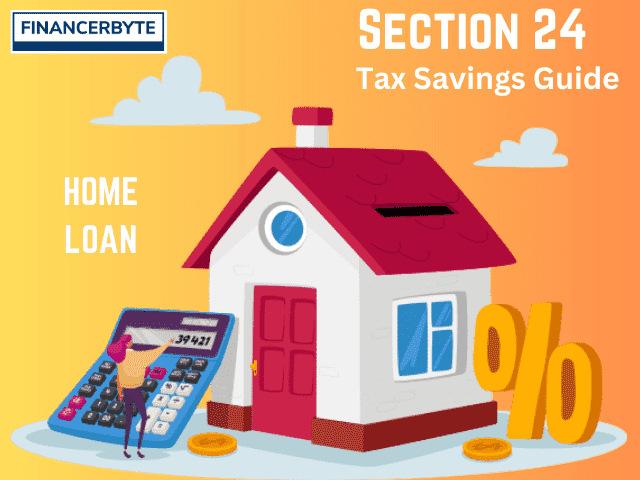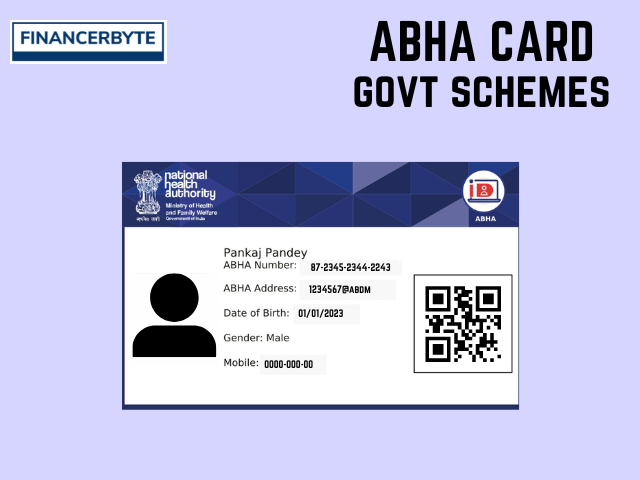
Maximizing Tax Savings: Investments under Section 80C
Learn how to save big on your taxes with Section 80C investments. Our guide covers all the investment opportunities available, including life insurance, mutual funds, and more. Start planning your financial future today with our comprehensive guide.
A Comprehensive Guide to Section 80C Investments: Maximizing Your Tax Savings
This is a comprehensive guide to understanding the investments that are eligible for deductions under Section 80C of the Income Tax Act. We discuss various investment options such as PPF, ELSS, NSC, tax-saving fixed deposits, Sukanya Samriddhi Yojana, Senior Citizen Saving Scheme, EPF/VPF, and home loan principal repayment. By the end of the blog, you will have a clear understanding of how you can maximize your tax savings through Section 80C investments and make informed investment decisions.
As a taxpayer in India, you may be aware of Section 80C of the Income Tax Act, which allows you to claim deductions on certain investments and expenses. This section is one of the most commonly used provisions for reducing the tax liability of individuals. In this blog, we will discuss some of the investments that are eligible for deduction under Section 80C.
Section 80D
Section 80D is a provision in the Indian Income Tax Act that allows taxpayers to claim deductions on the premium paid towards medical insurance policies. The section aims to encourage individuals to buy health insurance policies and avail of healthcare services without worrying about the financial burden.
-
-
Life insurance premium
The premium paid towards life insurance policies for self, spouse, and children are eligible for deduction under this section. This means that if you have purchased a life insurance policy and are paying a premium, you can claim a deduction on the premium amount under Section 80C.
-
Public Provident Fund (PPF)
Contributions to a PPF account for self or on behalf of spouse or children are eligible for deduction. PPF is a long-term investment option that offers tax-free returns, and the contributions made towards it can be claimed as a deduction under Section 80C. PPF offers the added benefit of tax-free interest earnings, allowing you to earn returns without the burden of taxes.
-
Equity Linked Saving Scheme (ELSS)
Investment in ELSS mutual funds is eligible for deduction under Section 80C. ELSS funds are mutual fund schemes that offer tax benefits to investors and primarily invest in equities.The investment made in ELSS has a lock-in period of three years.
-
National Savings Certificate (NSC)
Investment in NSC is also eligible for deduction under Section 80C. NSC is a fixed-income investment scheme offered by the Indian government, and the investment made in it has a lock-in period of five years.
-
Tax-saving fixed deposits
The amount invested in tax-saving fixed deposits of scheduled banks is eligible for deduction under Section 80C. Tax-saving fixed deposits have a lock-in period of five years, and the interest earned on them is taxable.
-
Sukanya Samriddhi Yojana
Investment in the Sukanya Samriddhi Yojana account for the benefit of the girl child is eligible for deduction. Sukanya Samriddhi Yojana is a government scheme that aims to promote the welfare of the girl child and offers a high rate of interest. The investment made in this scheme has a lock-in period of 21 years.
-
Senior Citizen Saving Scheme
Investment in the Senior Citizen Saving Scheme is eligible for deduction. Senior Citizen Saving Scheme is a government scheme that offers a high rate of interest to senior citizens. The investment made in this scheme has a lock-in period of five years.
-
Employee Provident Fund (EPF) and Voluntary Provident Fund (VPF)
Contributions to EPF and VPF accounts are eligible for deduction. EPF and VPF are long-term investment options offered by the employer, and the employee can contribute to them voluntarily. The investment made in EPF and VPF has a lock-in period of five years.
-
Home loan principal repayment
Repayment of the principal amount of the home loan is also eligible for deduction under this section. This means that if you have taken a home loan and are paying the principal amount, you can claim a deduction on the amount paid under Section 80C.
-
Conclusion
Section 80C provides taxpayers with several investment options that can help them reduce their tax liability. It is important to note that the maximum deduction allowed under this section is Rs. 1.5 lakh, which means that the total amount of investment and expenses that can be claimed as a deduction cannot exceed this limit. Before investing, it is advisable to consult a financial advisor who can help you choose the right investment option based on your financial goals and risk appetite.
Also Read : Section 80C Tax Savings Guide
PankajPandey
An editor at FianancerByteThrough their blog on Financer Byte, We offers practical advice, tips, and strategies on a wide range of Accounting topics, including budgeting, saving, itr filing, investing, and planning for retirement. They believe that financial literacy is a critical life skill that everyone should possess, and they are committed to empowering their readers to make informed financial decisions.

